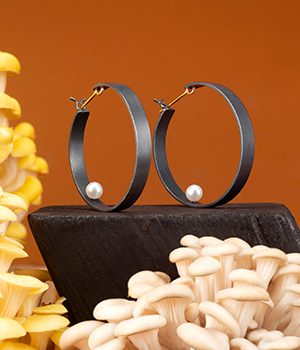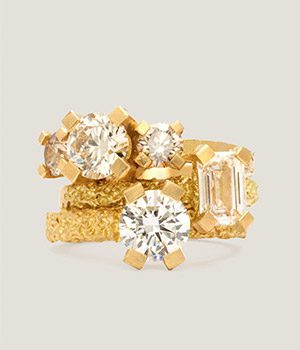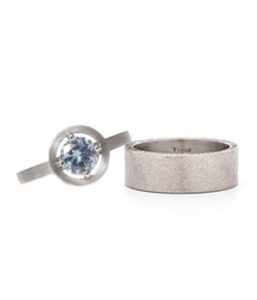The Importance of Adornment in Marriage
In the tapestry of life, rituals and ceremonies often weave together history and shared experience, marking significant transitions in one’s personal journey.
Adornments, particularly jewellery, play a pivotal role in ceremonies such as weddings – but not just for their aesthetic appeal. In marriage, each piece can also serve a specific purpose, imbued with meanings that transcend material value. Here, we explore the symbols and messages hidden in jewellery often worn on the special day.
Symbolism of Commitment
Jewellery, particularly rings, can symbolise the eternal commitment and bond between partners. It acts as a physical representation of the vows and promises made during the marriage ceremony, becoming cherished reminders of the journey embarked upon together by the couple. These rings, often worn daily, serve as constant affirmations of unity, encapsulating enduring love and dedication.
Different types of traditional rings can convey special significance: a snake motif symbolises eternity, feathers communicate strength and hope, a lovers’ knot conveys affection that can never be untangled, and double-stoned ‘toi et moi‘ ring symbolises partnership. These enduring ideas, and many others, are often re-imagined and reworked into contemporary pieces.
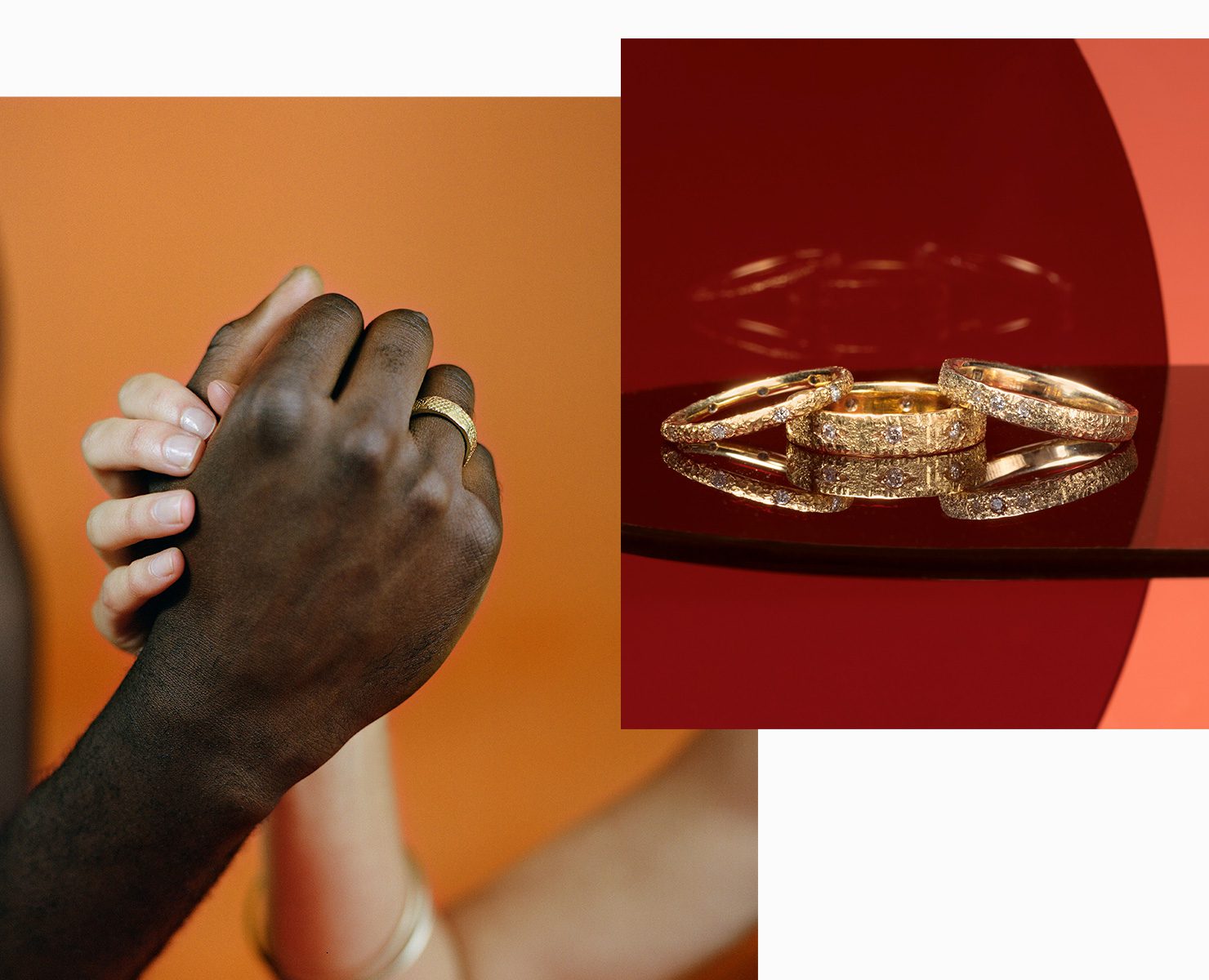
Pictured: ‘Textura Crosshatch‘ wedding ring by Georgie Brooks and rings by Jeanette Dyke.
Cultural Significance
In many cultures, specific pieces of jewellery are integral to wedding ceremonies and traditions. For example, in Indian weddings, neckpieces of heavy gold metal and pendant sets of the same metal are a sign of love that the partners share. In China, jade is often worn with gold as the stone symbolises grace, morality, protection, and familial love.
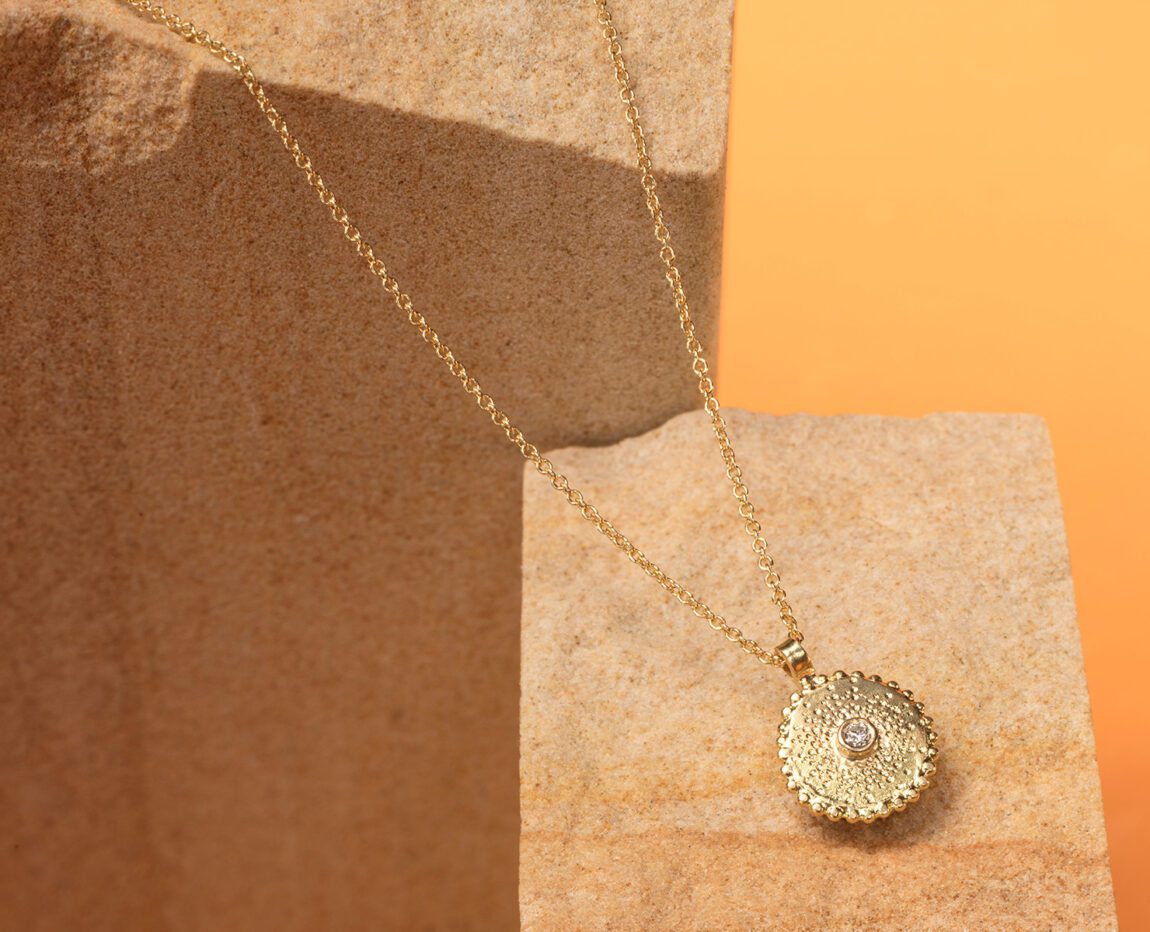
Pictured: ‘Star’ necklace by Jennifer Martin.
Ancient Roman tales also tell us why both the bride and groom wear the wedding ring on the third finger of their left hand – they believed that particular finger’s vein ran directly to the person’s heart, and that is why nuptial rings are meant for that finger only. The Romans were also the first to have their rings engraved, a practice we still use today, placing intimate messages close to the body.
Personal and Family Heritage
Jewellery can carry personal and family heritage, passed down through generations with stories of love and tradition. Today, brides and grooms can create their own legacy with a modern heirloom of their choice, passing on their own narrative and therefore creating a cherished connection that resonates through generations to come.
In a break with tradition, around half of all couples elect to choose their engagement ring together, after the question is popped. Visiting our gallery can be a very shared experience, where you can make design decisions together, access our well-honed expertise, and ensure your handcrafted piece will be treasured for a lifetime and beyond. You can learn more about our custom design and consultation service here.
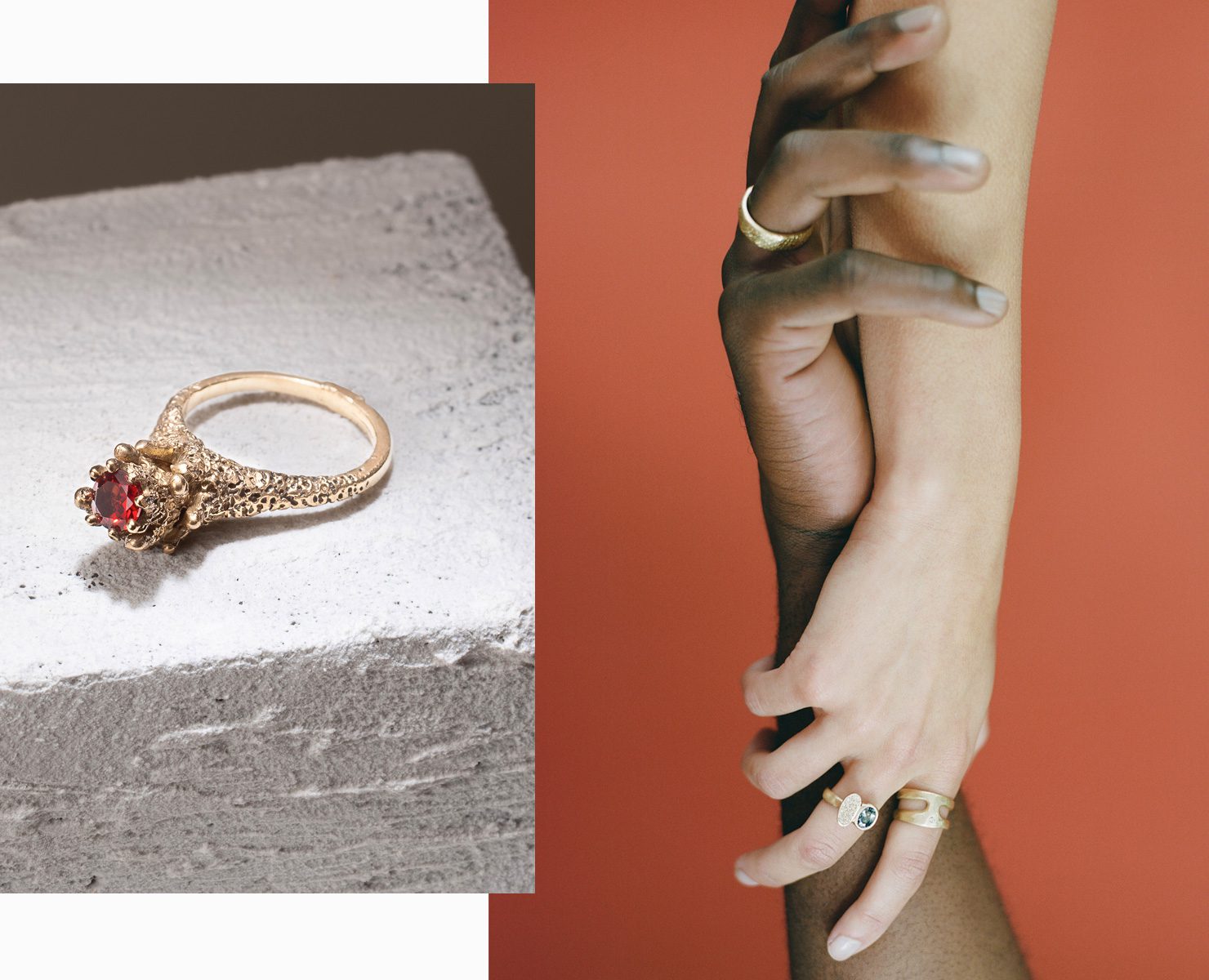
Pictured: ‘Offcut #6’ ring by Welfe Bowyer; ‘Back Beach’ ring and ‘Mirage‘ ring both by Natalia Milosz-Piekarska.
Expression of Individual Style
Of course, the jewellery you choose to wear on your wedding day tells the story between you and your betrothed, but you can also use adornment to encapsulate your unique identity. Whether it’s a particular pair of earrings or pendant, an opal ring or something else that breaks from tradition, selecting jewellery that also resonates deeply with who you are can make the day even more memorable and meaningful.
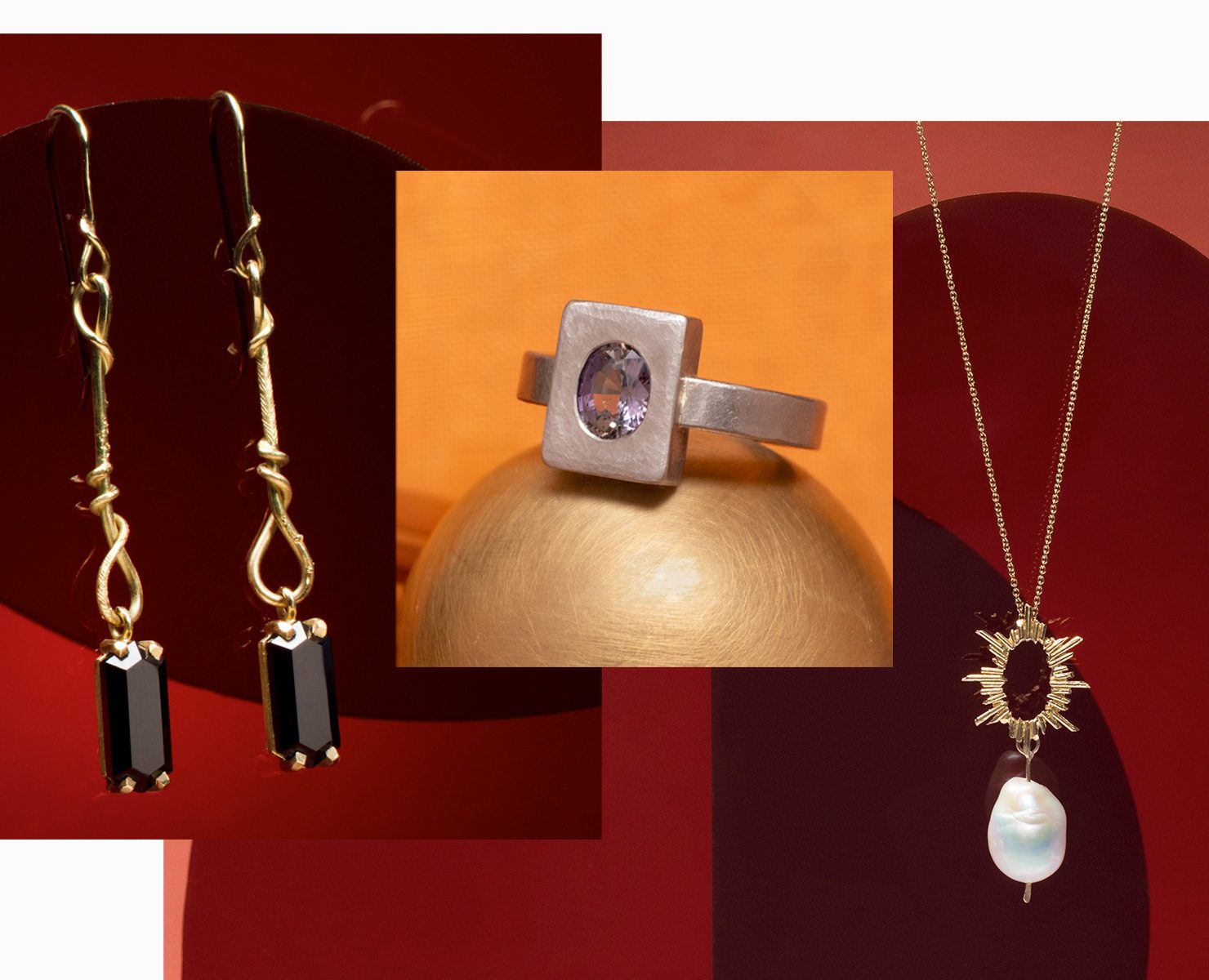
Pictured: ‘As Above So Below’ drop earrings by Susan Ewington; ‘Reef’ ring by Liv Boyle; and ‘Santa Lucia’ pearl pendant necklace by Juan Castro.
